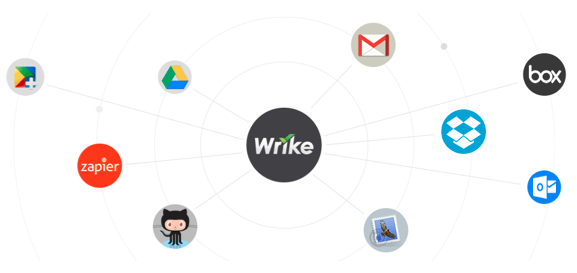Pancreatic cancer is a fatal disease with average survival time after diagnosis of just six months. Just 20% of those diagnosed with pancreatic cancer survive past five years of being told. The reason it’s so deadly is that the cancer is insidious. It hides deep inside the human body, displaying no symptoms until in the very late stages when cancer has almost always spread to other vital organs.
New research carried out by a team led by the University of Pennsylvania, has discovered a potential new way in which to root out even the most hidden of cancer lesions. After deleting the gene that encodes the protein, there was a reduction as to the spreading of cancer to other organs and the mice lived longer lives.
“We thought that by targeting this protein we would see a big change in the primary tumor, and, while we do see a delay, the big change was in the metastasis,” said senior author of the study and chair of the Department of Biomedical Science in Penn’s School of Veterinary Medicine, Ellen Pure. “It looks like this protein might be a druggable target, so we’re hoping that with some additional follow-up work, it’s something that we’ll see go into patients.”
As part of her ongoing research, Pure has been widening her research efforts to gain a deeper understanding as to how tumors interact with the tissues that surround it. In doing so, Pure and her colleagues have discovered that depending on the situation, stroma (normal tissues that envelop the tumor) will either allow, encourage or impede tumor growth. “If you take a tumor cell and put it on normal stroma, it will typically inhibit tumor growth,” advised Pure. “You need to have a permissive stroma to let a neoplastic cell grow out of control and eventually metastasize.”
Among other characteristics that determine whether or not the stroma is tumor-permissive, the tissue’s density and stiffness are definite contributors. Stroma has the ability to contain tumor cells and prevent them from growing. However, they can also promote tumor growth too, making it difficult for any drugs to reach where they need to. Previous studies revealed that a protein-splitting enzyme called fibroblast activation protein (FAP) plays a key role in shaping the stroma, physically.
Last year, the researchers demonstrated how this enzyme digests collagen and enhances tumor growth. When FAP was deleted in mice that had lung and colon cancer tumor growth was inhibited due to a sudden increase in collagen production that prevented the tumor from receiving an adequate blood supply. “Collagen is something we have to understand a lot more about in the context of the tumor microenvironment,” said Pure. “A lot of people think it’s just the amount of collagen present, but we’re showing that it’s more complicated; the architecture and structure play a critical role.”
Currently, the researchers are taking a closer look at pancreatic cancer as it’s a tumor type that’s dominated by connective tissue. Their research will allow them to see if modulating FAP could stunt tumor the growth and if it had any role in making other organs more susceptible to lesions. So far they’ve discovered that FAP-deleted tumors had a greater influx of white blood cells and more signs of necrosis. They also found, more importantly, that FAP was able to reduce the spread of cancer from the pancreas to other major organs.
“This is the first time we’ve shown that FAP is important for promoting metastasis,” Pure said. “By targeting FAP with a drug, we may be able to slow down the spread of cancer by treating distal tissues that you don’t even realize are getting to accept tumor cells, a phenomenon referred to as treating premetastatic niches. That is the hope.” Moving forward, Pure and her colleagues will be honing in on which particular aspect of FAP is responsible for promoting the progression of certain diseases.
More News to Read















